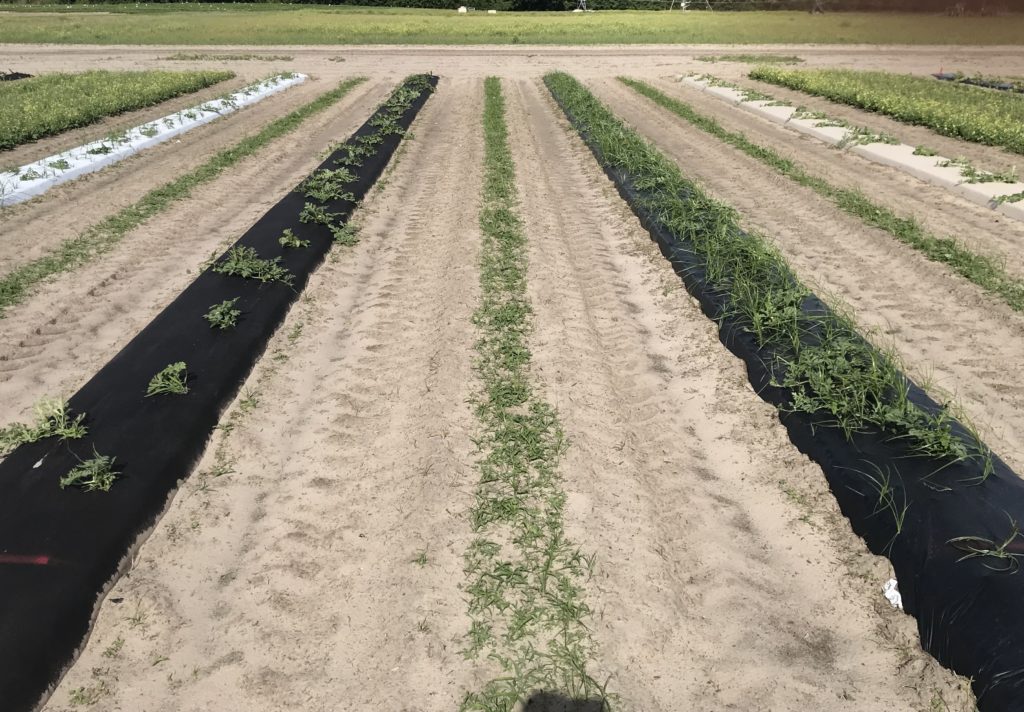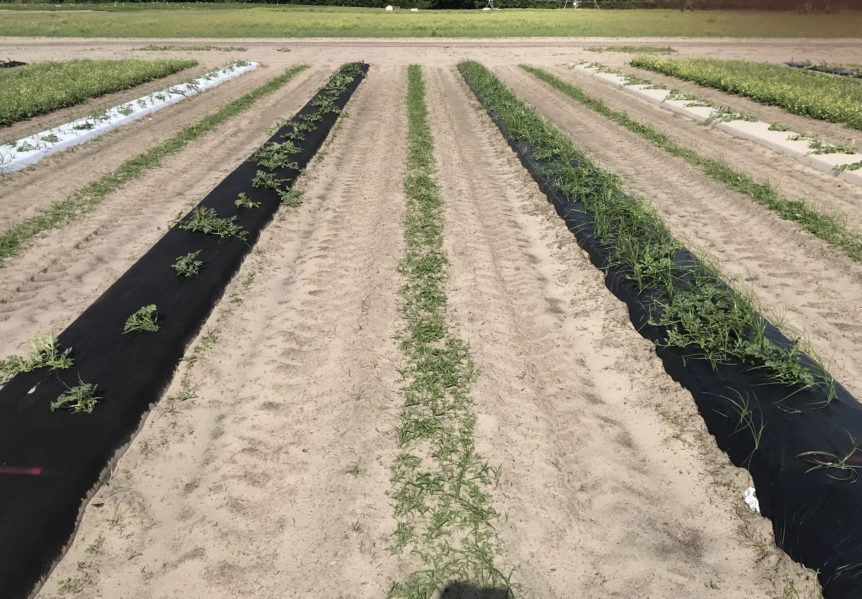
By Clint Thompson
Fruit and vegetable growers who hope to control weed growth with cover crops during the fallow period must remember that this management strategy is not totally effective with every weed, particularly yellow and purple nutsedge.
Nathan Boyd, University of Florida Institute of Food and Agricultural Sciences (UF/IFAS) professor of horticulture and weed science, focused on the topic during the Citrus & Specialty Crop Expo last August in Tampa, Florida.
“If you have a lot of broadleaf weeds and grasses, cover crops are very effective if you get good stands. A bad stand in a cover crop can be worse than no cover crop in terms of weed control. If you have purple or yellow nutsedge in a field, as much as I’m a proponent of cover cropping for a wide range of reasons, when it comes to weed control, cover crops slow the growth of nutsedge, but they don’t stop it,” Boyd said. “Nutsedge species, both yellow and purple, grow very nicely underneath a cover crop canopy.”
Boyd stated in prior interviews with AgNet Media that even under sunn hemp, which can form an incredibly thick canopy, nutsedge will continue to grow. Nutsedge won’t produce as many tubers, so growers will prevent populations from increasing, but they won’t reduce the populations.
What is Nutsedge?
Nutsedges spread by underground roots and produce tubers. Yellow nutsedge produces fewer but larger tubers, but purple nutsedge produces more but smaller tubers. Producers need to remove the tubers to achieve maximum nutsedge control.
During the fallow period, or the time when the field is not being used, growers should utilize a herbicide and cultivation combination. It is the most effective fallow management tool for reducing nutsedge populations.
Importance of Fumigation
Also during his talk at the Expo, Boyd stressed the importance of fumigation with respect to weed management. He touted a four-year study on the effectiveness of fumigation on weed seedbeds which dropped seedbank dramatically. The reduction was more than 75% reduction in some cases.
“They can knock your seedbank down significantly, which over long-term leads to a real advantage. To my knowledge I have yet to see resistance to a fumigant,” Boyd said.
“You have good fallow period management, you have fumigation at the beginning, and then if you have nutsedge that comes through the plastic after you’ve fumigated, controlling that before you plant is critical; using a herbicide that can move through the plant. Prior to laying plastic you have the option with certain crops, not every crop, of putting a herbicide underneath the plastic. Make sure it’s a different mode of action that you might want to use later, but it’s also something that’s effective for the products you have.”
He said Chateau safe for strawberries, while Reflex provides good broadleaf control in tomatoes.










